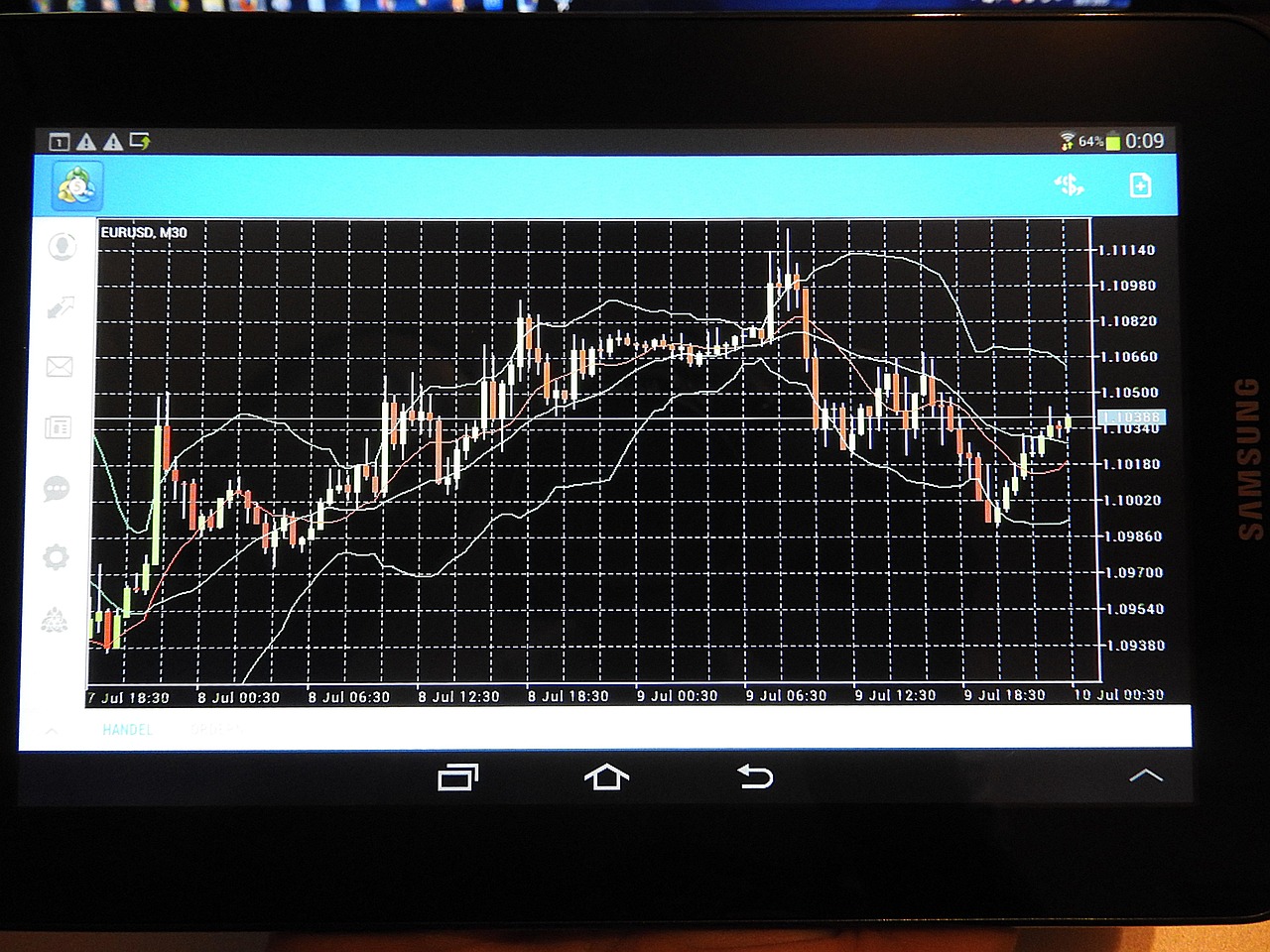Since many of us are currently involved in crypto, we should know about it well. Because at the end of the day, we all want to benefit, no one wants to accept our own loss. If we do not want to accept our own loss, then we should definitely know some rules or methods. So today I will discuss with you about the Basic gameplay of cryptocurrency, I hope it will be useful for you.

[source](https://pixabay.com/photos/chart-trading-forex-analysis-840333/)
**Position:** refers to the ratio of actual investment to the total investment funds.
**Full position:** buy virtual currency with all funds.
**Reduce position:** sell part of the virtual currency, but not all.
**Heavy position:** the proportion of virtual currency is larger compared to funds.
**Light position:** the proportion of funds is larger compared to virtual currency.
**Empty position:** sell all the virtual currency held, converting everything to cash.
**Take profit:** sell the virtual currency held after obtaining a certain profit to secure the earnings.
**Stop loss:** sell the virtual currency held after losses reach a certain level to prevent further losses.
**Bull Market:** Prices are continuously rising, and the outlook is optimistic.
**Bear Market:** Prices are continuously falling, and the outlook is bleak.
**Bull (Long):** The buyer believes that the price of the currency will rise in the future, buys currency, and sells at a high price after the price rises to realize profits.
**Short (Short Selling):** The seller believes that the price of the currency will drop in the future, sells a portion of their holdings (or borrows currency from the trading platform), locks in and waits for the price to drop to a certain level to realize a profit, while also avoiding risk.
**Building a Position:** Buying virtual currency.
**Averaging Down:** Buying virtual currency in batches, e.g., first buying 1 BTC, then buying another 1 BTC.
**Rebound:** When the price of the currency drops too quickly, it recovers and adjusts.
**Consolidation (Sideways):** The price fluctuates slightly, and the currency price is stable.
**Downward Trend:** The price of the currency declines slowly.
**Diving (Waterfall):** The price of the currency drops rapidly and significantly.
**Cutting Losses:** After buying virtual currency, if the price drops, selling it at a loss to avoid further losses. Or after borrowing currency for short selling, if the price rises, buying virtual currency back at a loss.
**Being Trapped:** Expecting the price of the currency to rise, but after buying, the price drops; or expecting the price to drop, but after selling, the price rises.
**Unwinding:** After buying virtual currency, the price drops, causing a temporary paper loss, but later the price rebounds, turning losses into profits.
**Missing Out:** After selling virtual currency due to a pessimistic outlook, the price rises all the way, failing to buy in time and thus missing out on profits.
**Overbought:** The price of the currency continues to rise to a certain height, the buying power is basically exhausted, and the price is about to drop.
**Oversold:** The price of the currency continues to drop to a certain low point, the selling power is basically exhausted, and the price is about to rise.
If you return BTC to the platform, you will earn (35000-34000)*100=100000 dollars. If you do not use contract trading, you cannot profit from this drop. If you do not leverage 100 times, you also cannot achieve 100 times the profit; that is the contract.
Newbies should not trade contracts! Newbies should not trade contracts! Newbies should not trade contracts! Important things are said three times! Contracts may seem like the quickest way to get rich, but they are definitely not the fastest route. The 'quick' mentioned here is often closer to bankruptcy rather than financial freedom.